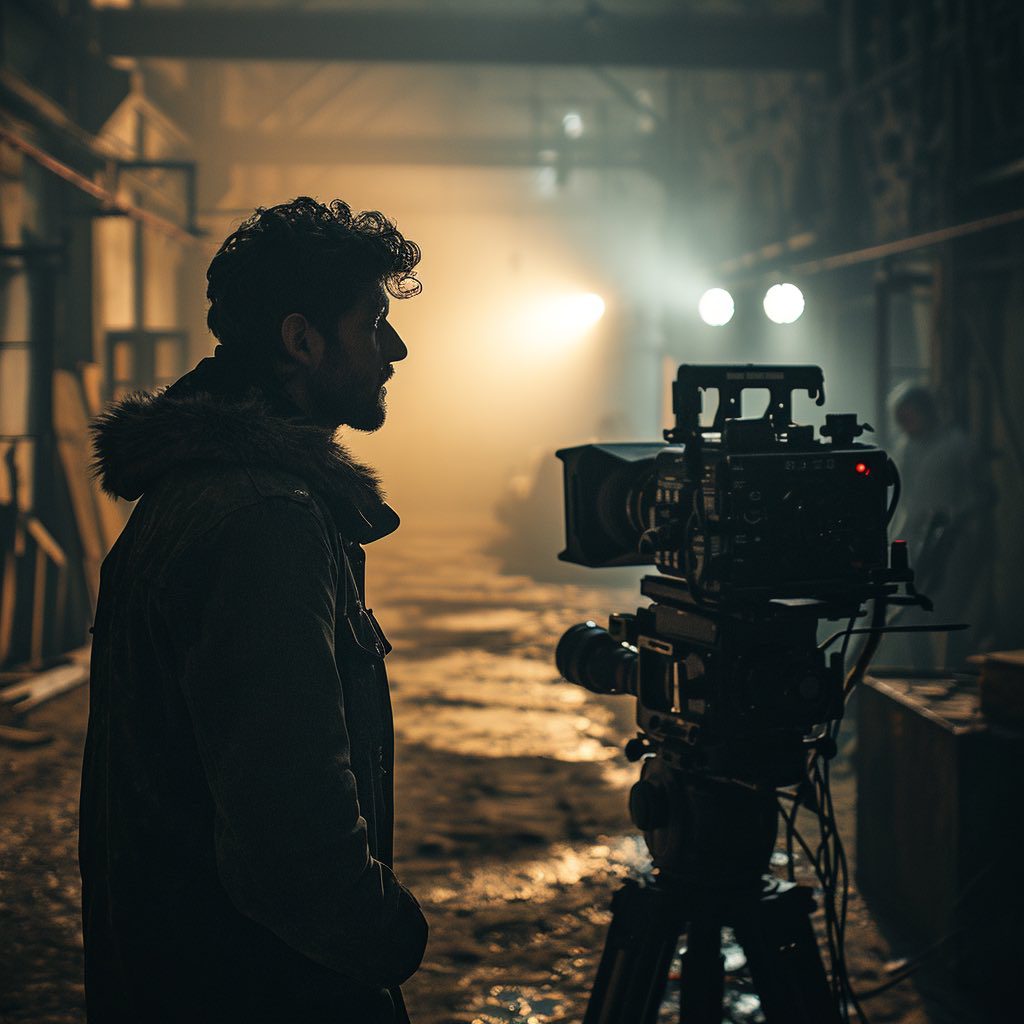Why I hate storyboards
Storyboards might be good for some people, but I think they suck the life out of me and offer false hope for clients. Go shot list every time.

I don’t really hate storyboards
The title is admittedly click bait, but its not far from the truth. A more appropriate title would be “Why I don’t use a storyboard”
If you’ve ever been on a video production set, or seen a behind the scenes video of a film production in progress, you may have very well been to it exposed to a series of little frames with pictures in them called a storyboard. Storyboards are a tool that a video production team uses in to visualize a series of shots difficult to explain in words. A storyboard is especially helpful to visualize what a director is thinking to a client or company, who may have little or no visual frame of reference of what to expect. For high-end client work a storyboard can be the visual aid a shoot needs but two big reasons keep me from creating a storyboard for every shoot.
Reasons to not use storyboards
Number one: In order for them to be helpful, storyboarding must create a creative advantage to the production company because it needs to put the client’s expectations in the proper place. Theses storyboards are going to put an image in the client’s mind that might not be accurate. Secondly, for director who is very visually astute, storyboards can often become a hindrance. Here’s why:
Often times on set, things are moving very quickly. People running around from place to place and decisions are being made on the fly. Production days can be so crammed packed with things to do on the schedule accurate decisions or necessity to meet the budget. Having a storyboard can get your mind worked into thinking a scene needs to be shot a certain way, but after seeing the image through the lens of the camera, the storyboard can be detrimental to allowing your mind the flexibility to make a better decision. Working with a shot list and a deep understanding of the inner workings of the scene may be a better option than relying on storyboards.
If storyboards are going to be created as educators for corporate clients, then make sure they are simple and quick enough to only relate basic information. Otherwise you run the risk of creating an image in the mind of the company that is unattainable and when you go to create an image different from the storyboard, there could be some confusion. Planning videos in pre production is one thing, to create a false digital scene in a client’s mind is another.
[line]
Having a good plan, is still good
Whether or not you want to use a shot list or storyboard, it is essential to the success of the project that the series of shots needed is carefully thought through with the help of the assistant director and production team. A well crafted storyboard drawn by a professional might be a perfect tool for some directors. The goal of storyboarding is to make quick display of what to expect. So for all you difficult to please clients out there who have a hard time visualizing a script, please note, the storyboard or storyboards needs to be a flexible tool. Either way (shot list or storyboard) there has to be a roadmap created before hand to ensure visual story telling success… unless you’re Steven Spielberg and you have years of experience with the director photography. I can tell you, there’s nothing worse than striking a set and then realizing you need to set up again because you didn’t get a shot.
Bottom line: I don’t like storyboards, even though they are a great tool. Some of my students do. Some productions require them. Some storyboards are perfect and create immense value for a film director to a corporate client. Storyboarding for me has proven unreliable at best and they usually end up getting disregarded for the better opportunity on set.

House of Sticks is a production house in Dallas. We go through each script with an assistant director and producer when location scouting to find the angles needed to tell the story properly. Each and every location provides different opportunities in different challenges. Our team finds it easier to work in a collaborative environment that offers lots of flexibility with in specific criteria. This often yields the best video the production can produce. But this approach also takes lots of collaboration between the director, director photography, assistant director, and client before hand. At some point you have to trust me.
If you need help with high-quality video production and you’re in the Dallas area or or anywhere else in the world. Our video production team at House of Sticks can produce a video on par with any major Hollywood studio. Just see what we can do and what we have done. Our moms think we are pretty awesome.


